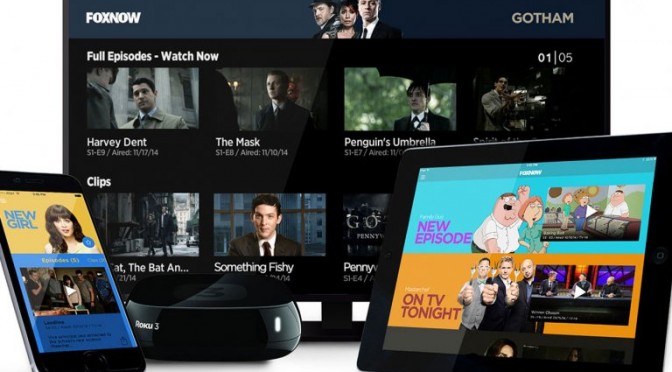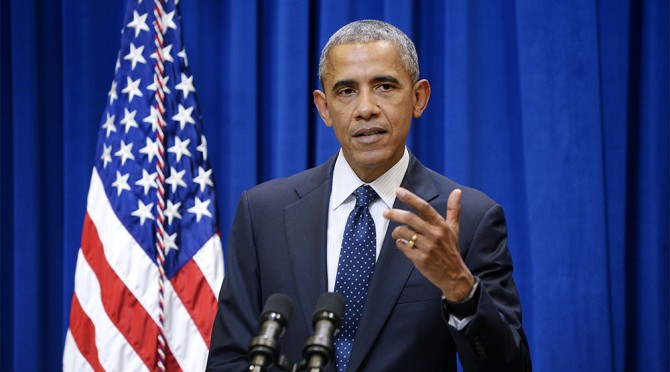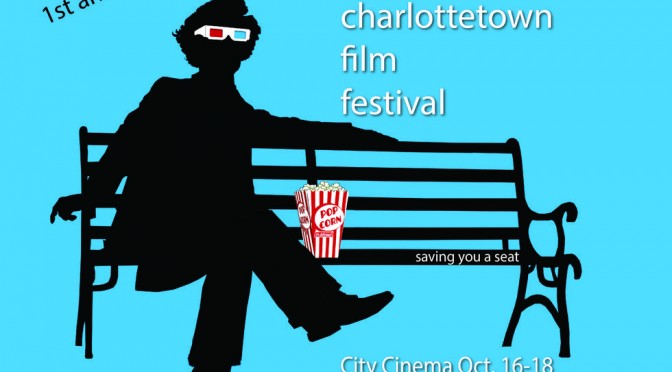The past and future of the TV cable box is at the center of a big war-of-words this week at the Federal Communications Commission. The fight has gotten scant press attention, but it’s a subject that’s fueling strong commentary from the likes of tech giants Google and Amazon and even dividing Hollywood. The MPAA is even going so far as to suggest that a proposal to revolutionize the TV device market would violate both the First and Fifth Amendments to the U.S. Constitution. The Writers Guild disagrees.
Upon direction from Congress, the FCC is looking at new standards for “downloadable security” on set-top boxes. That might sound dry until one realizes that it has something to do with cable boxes currently costing the average household $231 a year, new cheaper devices such as Roku or Amazon’s FireTV entering the market, and the fact that Netflix, HBO, CBS and other programmers are delivering “over the top” services.
Who controls how television will be presented? Do consumers wants lots of apps to choose from? Or do they want more nimble devices? These are some of the big questions being considered by media regulators.
At the moment, there are two big proposals on the table to replace the expensive, rarely used security protocols that were established in the mid-90s when Congress allowed companies like TiVo to offer competing devices to standard cable boxes.
One is a hands-off approach favored by the cable industry and Hollywood studios. It would basically allow content operators to provide their own apps and user interfaces. Advocates for this proposal believe it will be flexible enough to accommodate different platforms.
But critics argue that it leaves cable companies and their partners with too much control and what’s needed are devices able to do a lot more.
“The MVPD’s app-based proposal falls short in this regard,” states a filing by Public Knowledge on Wednesday. “It takes the proprietary set-top box and transforms it into a proprietary app — hardly an improvement. Under the MVPD-supported approach, a third-party device would do nothing more than display a user interface and expose features entirely designed and controlled by the MVPD. No differentiation between devices would be possible.”
Instead, the second approach — called alternatively the “virtual head-end” proposal or the “competitive navigation” proposal — aims to force programming into a much simpler format so that the devices can construct varying user interfaces and implement features like wider searching of content upon discretion.
Cable companies and programmers worry what this would mean at a time when networks like ESPN, Fox, Showtime have developed their own apps. Would it be the end of bundling? And what about contracts addressing such subjects as channel placement, on-demand access, place- and time-shifting and cloud access?
“Third-parties could potentially seek to disassemble the programming, features, and functions offered over distribution services and selectively reassemble some of them for their own commercial exploitation,” states a filing by the MPAA on Thursday. “This could interfere with contracts, upset copyright law, and run afoul of the First and Fifth Amendments to the U.S. Constitution. It would also impose significant costs, require the restructuring of networks, and necessitate standards yet to be developed.”
Not everyone is concerned that such an approach would constitute “compelled speech” or represent a taking of private property for public use without proper compensation. Not all have warned as Comcast did on Thursday the proposal would mean “leaving content vulnerable to piracy” and the creation of “a single, national point of attack vulnerable to hackers.”
For example, the Writers Guild of America acknowledged that its members have benefited from the MVPD system, but nevertheless nodded towards media consolidation and spoke about how it was “imperative” that third party devices not be tied down by the old system. The guild argued in favor of the more controversial approach favored by tech companies and consumer advocates. “We urge the Commission to carry out its legal mandate to create a competitive market and to resist industry pressure to eviscerate any reasonably effective regulations,” states the WGA’s filing. “The time to act is now.”
Source: The Hollywood Reporter








